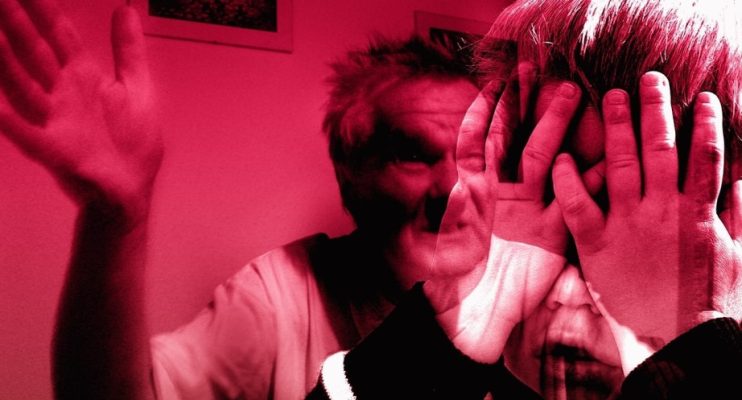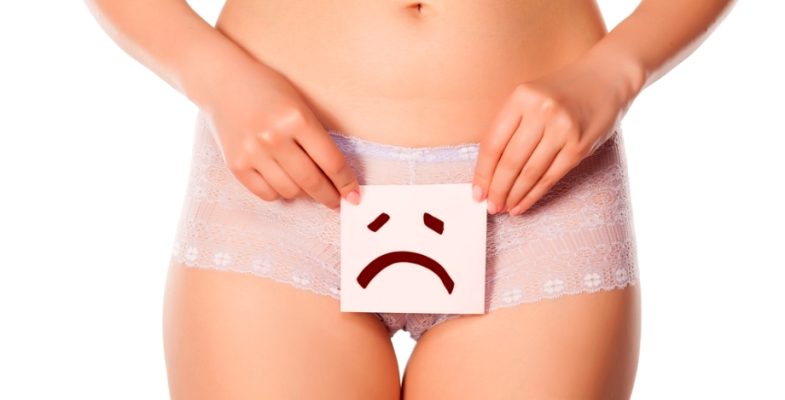
With massage therapy it’s quite common that, apart from relaxation, pleasure, and physical healing, also deep emotional or trauma release can occur during or after a session. Emotional release may take several forms (or expressions, if you like), such as for instance, having outbursts of laughter, feeling ticklish, feeling depressed, sad or overexcited, full of energy, or one may start crying or screaming, or whatnot.

In fact, emotional and trauma release is a natural cleansing process, a release and relief of psychological and/or emotional tensions physically stored in the body. Emotional release generally also leads to a more relaxed body, that is, less muscle contractions and tensions, more range of motion of articulations (joints), and subsequently internal organs that reposition themselves correctly and function better.
Not all types of massage treatments evoke strong emotional release though, yet it is still important that both therapist and receiver are prepared: the receiver shouldn’t get into further distress if body or mind starts to react uncontrollably causing spontaneous emotional outbursts, and the therapist should be able to handle the receiver’s reactions by following a Trauma-Informed approach.
Massage types that are more prone than others to induce emotional release are, for instance, abdominal massages, fertility massages, postnatal massages, and sensual erotic massages.
It’s hard to say in advance who will experience profound emotional release during a session, but in general we can say that people who are already open to work on themselves will more easily experience emotional re-balancing. Nevertheless, it can also happen with people not at all “open or receptive” who suddenly — to their own surprise and astonishment — experience strong emotional outbursts.
Mind that emotional and trauma release is not always that obvious or intense. Sometimes a person just need some warmth and comforting, that is, the accepting, caring, non-judgmental touch of another human being. We are all human after all.

As it’s not to be known beforehand how a receiver will respond to a treatment exactly, we mention some of the things that might happen during or in the period after a session: crying or laughing, shaking or trembling, screaming, shouting, or cursing, coughing, hitting, spasms and cramps, ticklish feeling, lightness in the head, heavy sweating, feeling cold or hot, getting aroused, having an orgasm, feelings of anger, feeling very tired, getting very silent or in trance, feeling extremely relaxed, wanting to vomit, wanting to stop the massage, red skin, bitter taste in the mouth, and memories of traumas.
One or more of the symptoms or expressions mentioned above may come up during a treatment session, but they might as well come about in the days following the massage treatment. In that particular sense, a proper communication or feedback mechanism between therapist and client is always advised. Generally spoken, symptoms can show up to a week after the treatment. Mind that deep massage work can also give some soreness in the affected areas of the body in the days after the treatment.
Though body and mind will usually have found a new equilibrium within five to seven days, exceptions can occur where one needs ten to fourteen days to digest the work and recover.


















